In the journey towards modernization of global agriculture, tunnel greenhouses stand out as powerful tools for addressing multiple complex environmental challenges with their excellent adaptability.
Tunnel greenhouse, resembling a slender tunnel in appearance, usually adopts a curved or semi-circular design. Its structure is stable, mostly constructed from high-strength metal frames and durable plastic films or polycarbonate sheets. This unique structure endows it with excellent pressure resistance, whether facing coastal areas with howling winds or high latitude areas frequently hit by blizzards, tunnel style greenhouses can stand firm and provide shelter from wind and rain, insulation and cold protection for internal crops.

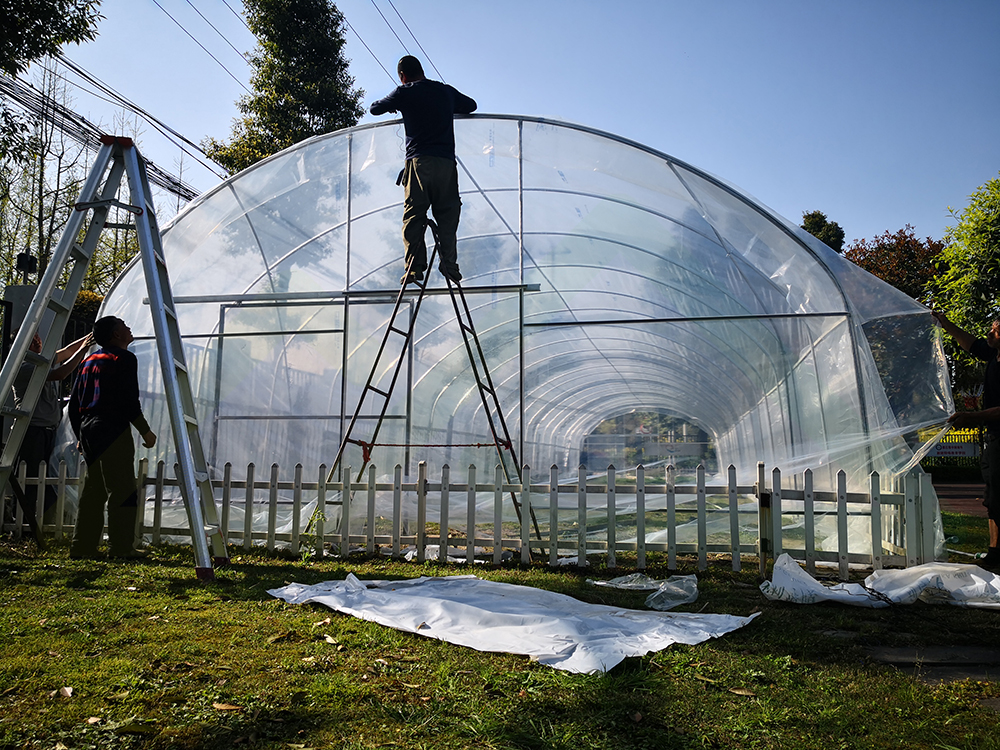
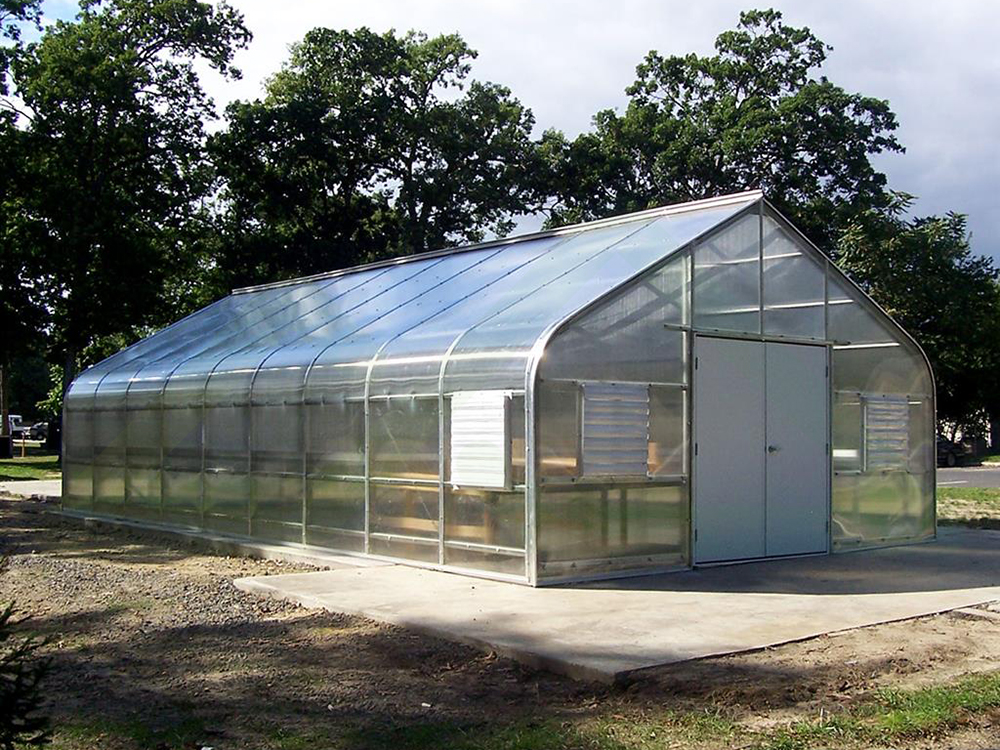
On the edge of the hot and arid desert, tunnel greenhouses also shine brightly. The specially designed sunshade net and ventilation system work seamlessly together to effectively block excessive solar radiation, regulate indoor temperature, and prevent crops from being burned by high temperatures. At the same time, precise irrigation facilities rely on limited water resources to deliver every drop of water to crop roots through drip irrigation, micro spraying, and other methods, ensuring the necessary water for growth and helping to revitalize desert agriculture.
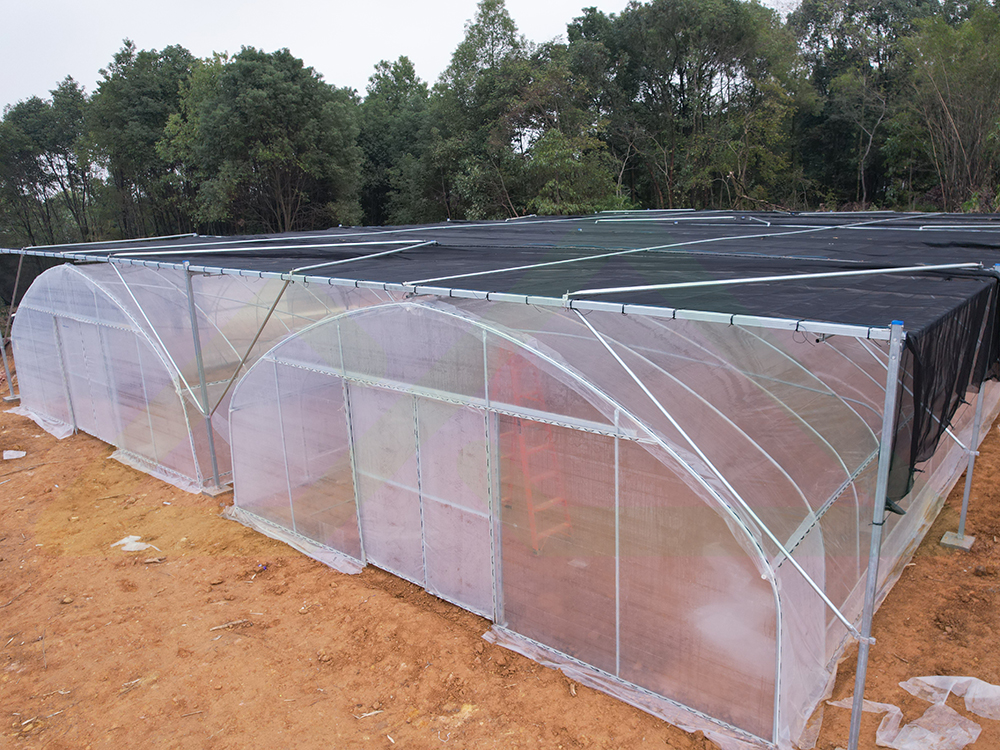
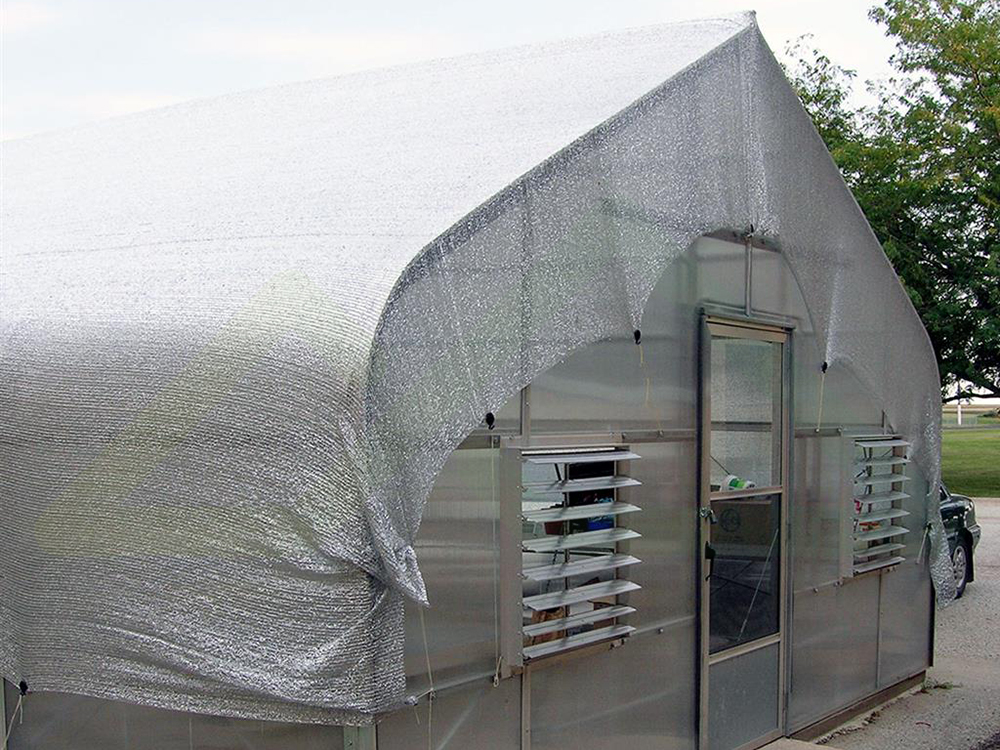
Even in humid and rainy tropical regions, tunnel greenhouses cannot be easily destroyed. The elevated foundation and complete drainage system ensure that the indoor environment is dry and prevent waterlogging from causing crop root rot. Moreover, the installation of insect nets forms a strong defense line, keeping common tropical pests out, reducing the risk of pests and diseases, and creating a healthy growth environment for crops.
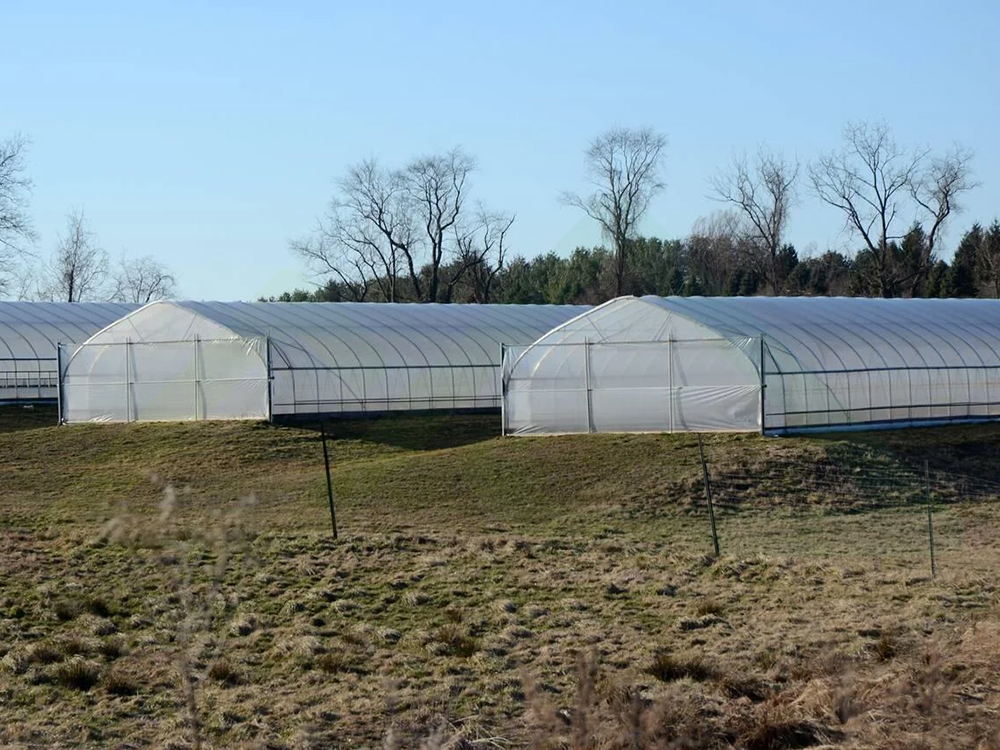
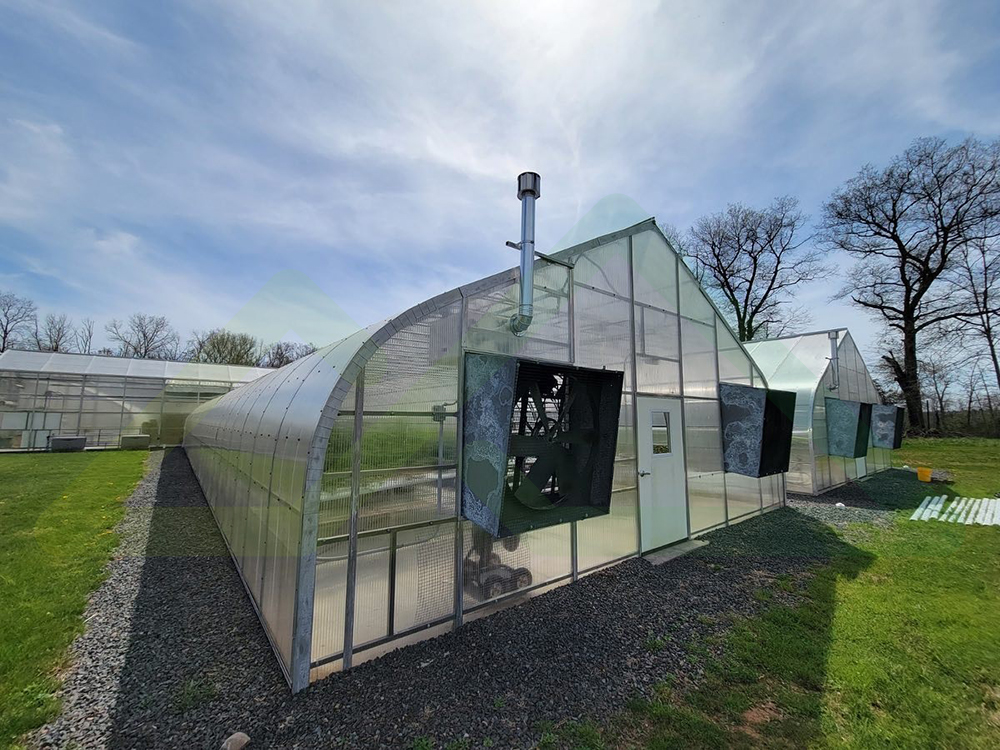
The economic benefits are equally remarkable. On the one hand, dual outputs of fish and vegetables are achieved on a unit area of land, and the land utilization rate is greatly increased. Whether it is the courtyard economy of small farmers or large-scale commercial farms, the income has increased significantly. Take a 20-square-meter aquaponics device on the roof of an ordinary city building as an example. Under reasonable planning, it is not difficult to harvest dozens of catties of fresh fish and hundreds of catties of vegetables in a year, which can not only meet the family's own needs but also sell the surplus products to generate income. On the other side, with the increasing demand of consumers for green and organic food, the market prospect of aquaponics products is broad and can easily occupy a place in the high-end food field.

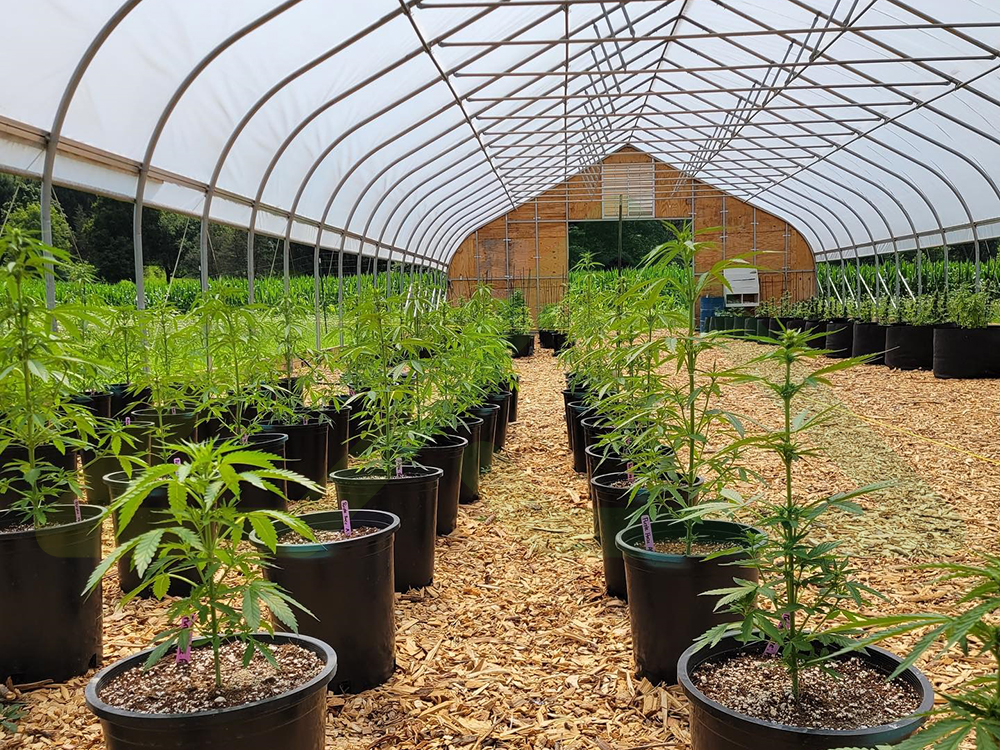
Post time: Dec-30-2024

